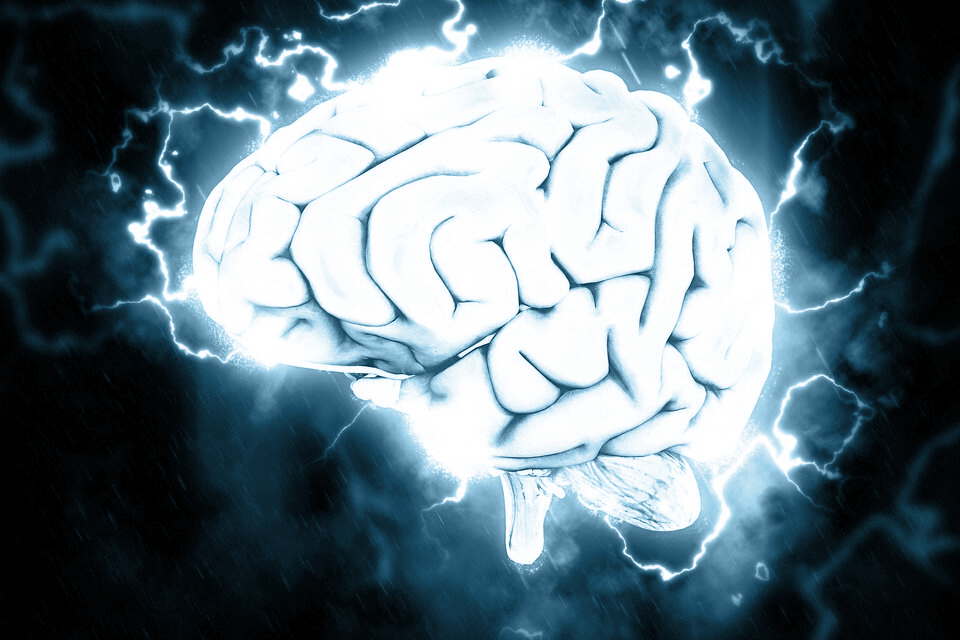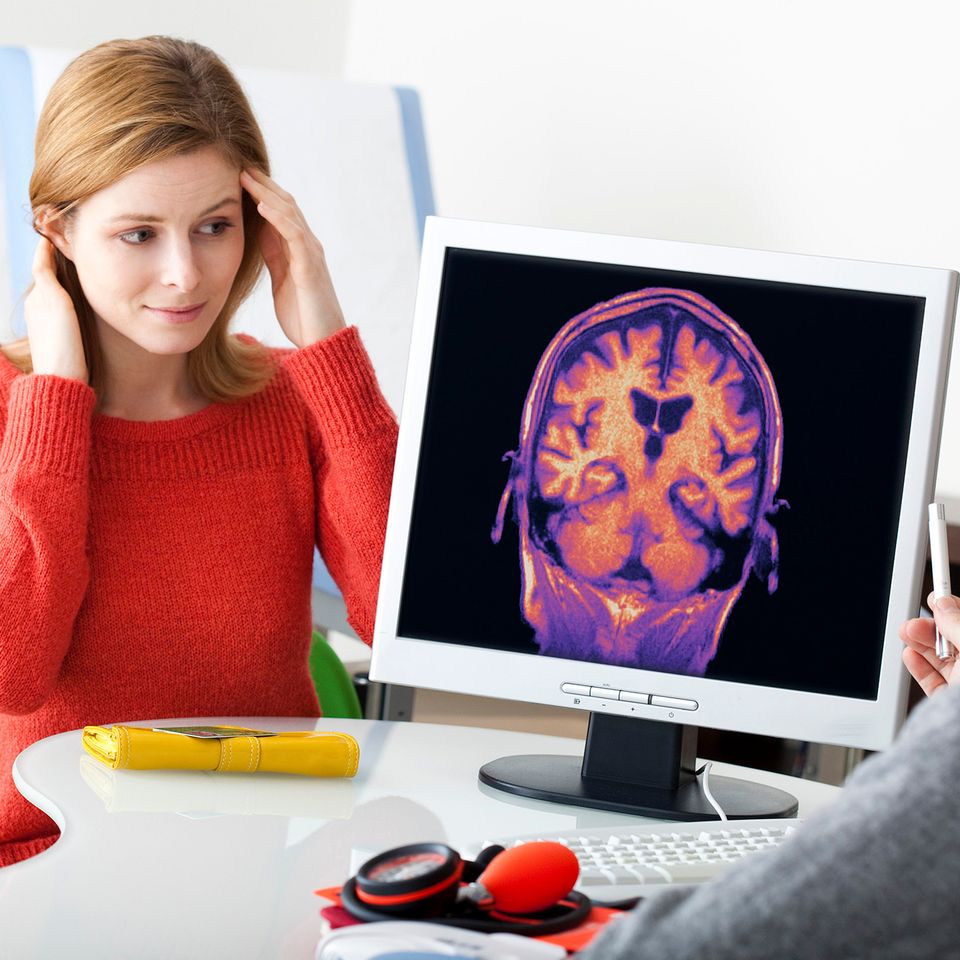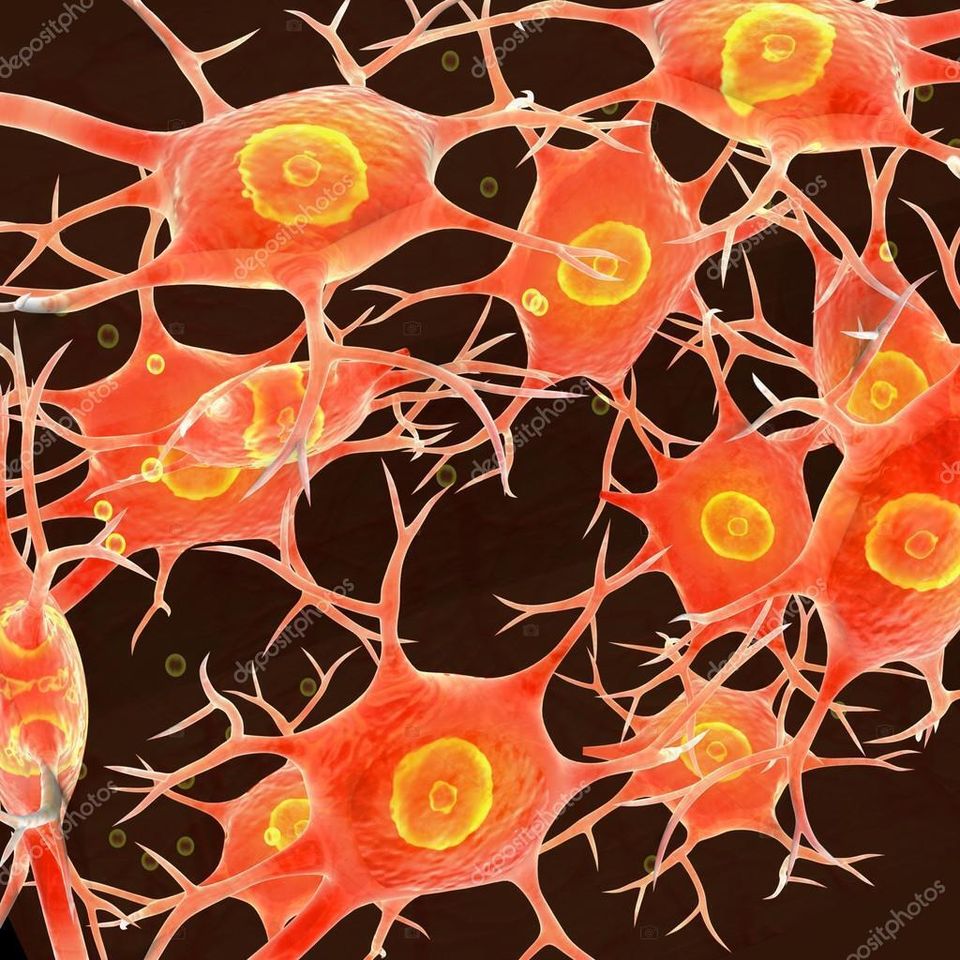HOW WE CAN HELP
If you have suffered from a seizure or set of seizures and the medical care you have received thus far has not provided any answers, it might be time to come in and make an appointment to see us at Dr. Jennifer McMonigle Medical PC of East Northport, NY. We’ll work with you to get to the bottom of what may have caused your seizure and work with you to develop a plan going forward so you can get on with your normal life and activities.
ABOUT SEIZURES
Seizures can be alarming, especially if you haven’t previously experienced one. Some of the warning signs of an oncoming seizure can vary from a staring spell, twitching, fainting, headaches, loss of function of different parts of the body, and blackouts. From there the seizure can progress to a prolonged period of involuntary muscle movements and spasms. Undoubtedly, a seizure or the worry that another seizure will occur can greatly impact a person’s quality of life and their ability to confidently resume normal activities without the worry that they may suffer another episode. A seizure is the result of a malfunction of the electrical connection in the brain. This disturbance can cause an array of symptoms that affect a person’s level of consciousness, movements, and behavior. You might have heard of the term ‘electrical storm’ which refers to the surge of electrical activity in the brain that can cause such disturbance.
CAUSES
The causes of seizures can be difficult to pinpoint. Usually, they are caused by an injury to the brain. A single seizure after trauma can be easier to pinpoint but more than one seizure can sometimes point to epilepsy. In fact, epilepsy is the most common cause of the seizure and is something your doctor can help diagnose. TREATMENT
Getting an accurate diagnosis of a seizure shortly after one occurs is important. Specifically, determining the likelihood of another occurrence is especially important for patient safety. Your doctor will review your symptoms with you and evaluate that in relation to your medical history. It may be appropriate to carry out several tests. These may include a neurological exam to test for mental function and motor abilities, a blood test that can check for infection or genetic conditions, and lumbar puncture to test for an infection in the cerebrospinal fluid. The types of symptoms and history you have will determine which test might be appropriate. Imaging tests like an EEG can provide information on the electrical activity of the brain and a plethora of other tests including CT scan, MRI, PET scan, and SPECT test can provide other useful information.
In terms of treatment, if the seizure was found to be caused by a specific trauma that has since passed, it may require no further treatment. However, if seizures are recurrent as in the case of epilepsy, medication has been found to be effective in controlling the onset of seizures. Your doctor can work with you to determine if medication or other lifestyle changes might be appropriate and in what combinations might work best for you.
Early signs of the condition can be pain on one side of the face that originates just behind the ear. This general ache then develops into a subsequent weakness where the mouth and eyes are then affected. Patients have also described accompanying symptoms including an effect on their ability to taste, blurred vision, inability to wrinkle the forehead or raise the eyebrows. Also increased hearing, a tingling sensation, and tearing on the side of the face where the nerve is affected are common, as are difficulty with swallowing and chewing. The onset of these symptoms will vary in severity from person to person and may occur over a period of hours or days. It can be quite frustrating for patients to discover that the condition may take weeks to self-heal and usually the duration of recovery is directly related to how extreme the case is.
















